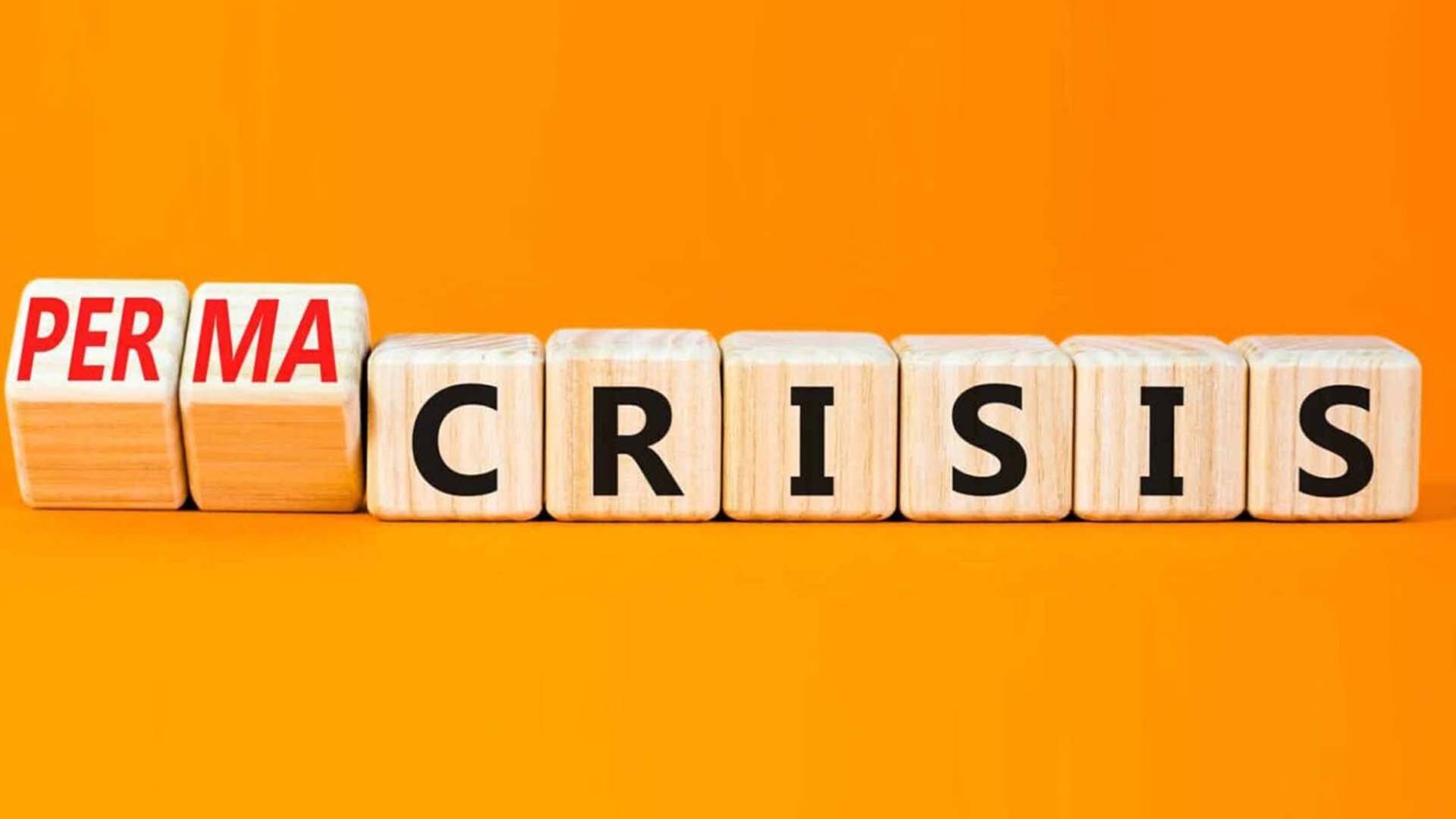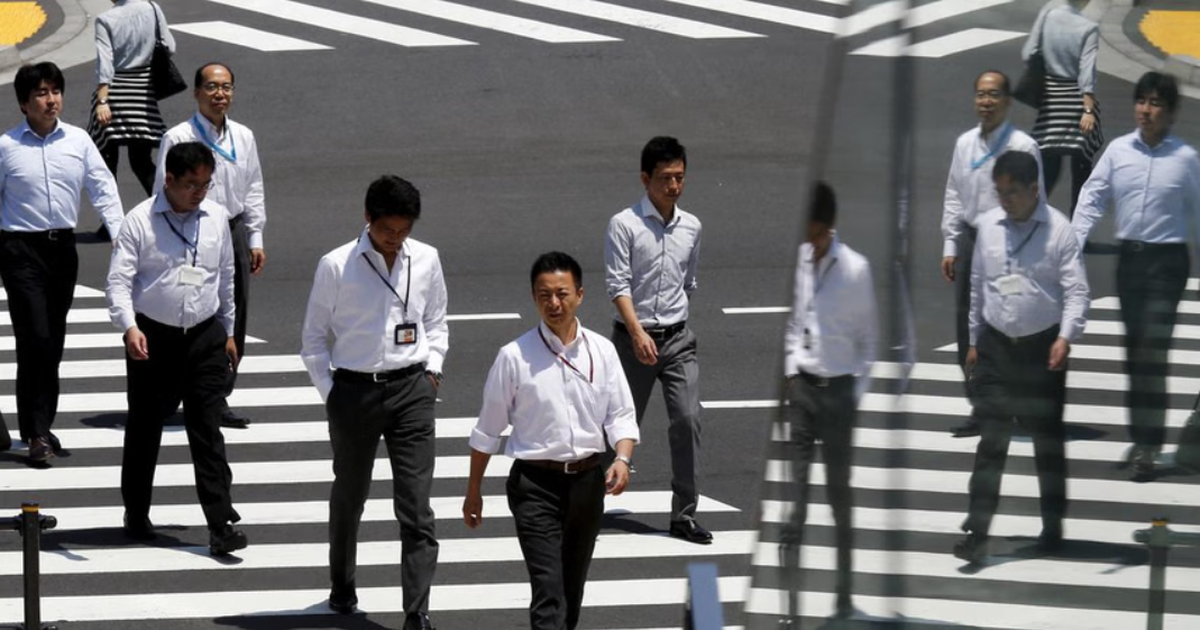 |
| “Perpetual Crisis” seems to be becoming the new normal? Illustration photo. (Source: bond.org.uk) |
It has been 16 years since the start of the 2007-2008 crisis, and in the time since, one crisis has followed another. Commentators and economists have even coined a new term, “permacrisis,” to describe the state of constant and prolonged uncertainty.
“Clearing the way” for… the next difficulty
Some analysts say the world economy has yet to find a new equilibrium. Over the past period, it can be seen that all the measures taken by most governments and central banks to escape past crises have merely “paved the way” for new, even deeper difficulties. The world economy is still struggling with weak growth and high inflation.
The global economy in 2023 is forecast to grow slowly due to geopolitical instability and negative impacts from high interest rates, escalating inflation...
According to the analysis of the World Bank (WB), global growth has slowed significantly and the risk of financial stress in developing economies and emerging markets has increased in the context of both high interest rates and inflation. Chief economist and Senior Vice President of WB Indermit Gill commented that the world economy is in a precarious position.
In the latest interest rate management meeting of US financial policy makers, although the Federal Reserve (Fed) decided to temporarily stop raising interest rates, it signaled two more increases in 2023. The world hoped, then was disappointed, the markets went on a "roller coaster" of ups and downs.
The world is not yet halfway through 2023, but trade is already forecast to grow at less than a third of its pre-Covid-19 pace. In emerging markets and developing economies, debt pressures are mounting due to higher interest rates. Fiscal weaknesses are pushing many low-income countries into debt distress.
Meanwhile, the financing needs to achieve the sustainable development goals are much larger than even the most optimistic forecasts for private investment. The overlapping shocks of the pandemic, the Russia-Ukraine conflict, and a sharp slowdown amid tightening global financial conditions have created a lasting obstacle to the growth of the world economy.
Also with a negative view, WB Deputy Chief Economist Ayhan Kose warned that many developing economies are struggling to cope with weak growth, persistently high inflation and record debt levels.
Moreover, new risks – such as the potential for broader spillovers from renewed financial stress in advanced economies – could make matters worse. Policymakers therefore need to act promptly to prevent financial contagion and mitigate domestic vulnerabilities in the short term.
Concerned about rising inflation, the International Monetary Fund (IMF) called on global central banks to continue to maintain tight monetary policies and be cautious in fighting inflation. The IMF warned that potential financial system vulnerabilities could flare up into a new crisis and slow global economic growth this year, causing the IMF's global growth forecast for 2023 to be only 2.8%, 0.1% lower than the previous forecast.
Is “Eternal Crisis” the New Normal?
In its Global Economic Prospects report released on June 6, the World Bank raised its forecast for global economic growth in 2023 to 2.1%, up from the 1.7% forecast in January. However, the global economic growth in 2023 is still much lower than the growth rate in 2022 (3.1%).
Regarding US economic growth in 2023, the WB forecasts it will reach 1.1%, more than double the 0.5% forecast in January 2023. China's growth is expected to reach 5.6%, also higher than the forecast of 4.3%. Meanwhile, Eurozone growth is raised to 0.4%.
However, the report notes that global economic growth will slow significantly over the rest of the year due to the prolonged and persistent effects of tight monetary policy and restrictive credit conditions. These factors will continue to weigh on economic activity in 2024, causing global growth to be lower than previously forecast.
Regarding the 2024 outlook, the World Bank report reduced the global growth forecast to 2.4%, from 2.7% in January 2023. The reason is the impact of tight monetary policy and the decline in investment and business... when economies try to solve these problems, other problems arise.
At the end of 2022, the word “permacrisis” was chosen as the most prominent term of the year, reflecting the fragile, uncertain state of the year, with an ongoing crisis and a prevailing mood of “uncertainty and anxiety”.
Alex Beecroft, head of the famous Collins Learning dictionary publisher, said that the word “permacrisis” describes a terrible period that has happened to many people in the past year. The term above describes the feeling of surviving many consecutive fluctuations, from the Covid-19 pandemic, severe natural disasters, conflicts in Ukraine, political instability in many places, tight energy and cost of living crisis...
European Central Bank (ECB) President Christine Lagarde also mentioned this view in a speech to business leaders that, “we are living in a time of permanent crisis – where we move continuously from one emergency to another.
In just over a decade, we have faced the biggest financial crisis since the 1930s, the worst pandemic since 1919 and now the most serious geopolitical crisis in Europe since the end of the Cold War.”
“The Eternal Crisis” is also said to capture a deep sense of helplessness and pessimism in the face of the new economic and political situation. “The world we live in will continue to be characterized by a high degree of instability, fragility and unpredictability,” wrote an article by the European Policy Center.
Source




![[Photo] Looking back at the impressive moments of the Vietnamese rescue team in Myanmar](https://vstatic.vietnam.vn/vietnam/resource/IMAGE/2025/4/11/5623ca902a934e19b604c718265249d0)
![[Photo] "Beauties" participate in the parade rehearsal at Bien Hoa airport](https://vstatic.vietnam.vn/vietnam/resource/IMAGE/2025/4/11/155502af3384431e918de0e2e585d13a)


























![[Photo] Summary of parade practice in preparation for the April 30th celebration](https://vstatic.vietnam.vn/vietnam/resource/IMAGE/2025/4/11/78cfee0f2cc045b387ff1a4362b5950f)































































Comment (0)